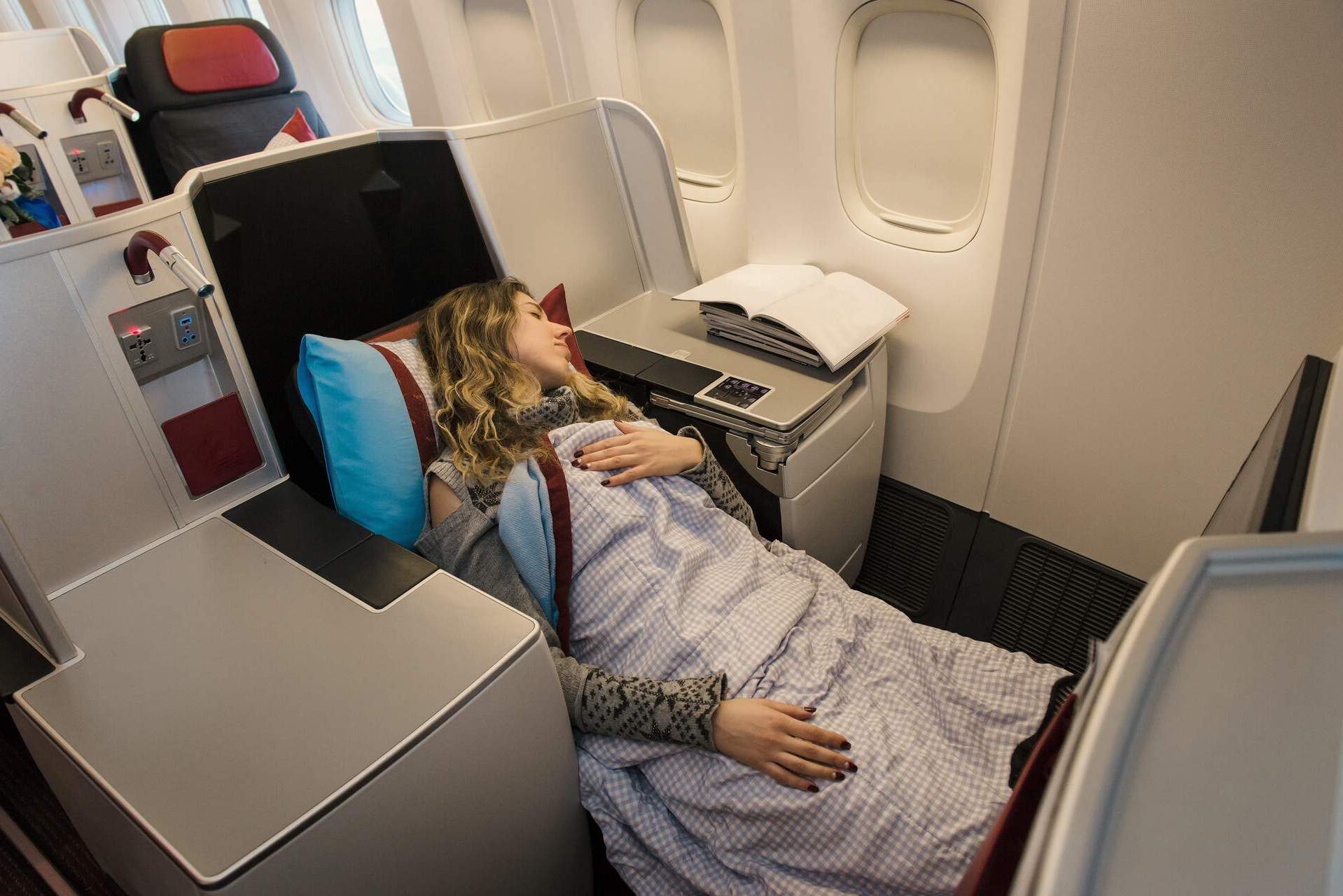
Are you curious about how safe flying really is? Airline safety records might surprise you. Many people fear flying, but statistics show it's one of the safest ways to travel. Modern aircraft are built with advanced technology, rigorous maintenance schedules, and highly trained crews. Airlines follow strict regulations to ensure passenger safety. From the moment you board, multiple safety protocols are in place. Accidents are rare, and when they do occur, they often lead to even stricter safety measures. Understanding these facts can help ease your mind the next time you take to the skies. Let's dive into some fascinating details about airline safety records.
Key Takeaways:
- Airline safety has greatly improved over the years, with advanced technology and rigorous training making flying statistically safer than driving.
- Regulatory bodies like the FAA and ICAO, along with pilot training and technological advancements, work together to ensure the safety of air travel for everyone.
Airline Safety Records: A Closer Look
Airline safety is a topic that often sparks curiosity and concern. Understanding the facts behind airline safety records can help ease worries and provide a clearer picture of how safe air travel truly is.
The Evolution of Airline Safety
Over the years, airline safety has improved significantly. This progress is due to advancements in technology, stricter regulations, and better training for crew members.
-
Commercial aviation is one of the safest modes of transportation. Statistically, flying is much safer than driving. The odds of being in a plane crash are about 1 in 11 million, compared to 1 in 5,000 for car accidents.
-
The number of fatal airline accidents has decreased dramatically. In the 1970s, there were about 68 fatal accidents per year. By the 2010s, this number had dropped to around 10 per year.
-
Modern aircraft are designed with multiple safety features. These include advanced navigation systems, collision avoidance systems, and reinforced cockpit doors.
Regulatory Bodies and Their Role
Various organizations oversee airline safety, ensuring that airlines comply with strict standards and regulations.
-
The Federal Aviation Administration (FAA) sets stringent safety standards. The FAA regulates all aspects of civil aviation in the United States, from pilot training to aircraft maintenance.
-
The International Civil Aviation Organization (ICAO) promotes global aviation safety. ICAO sets international standards and regulations to ensure safe and efficient air travel worldwide.
-
Airlines undergo regular safety audits. Organizations like the International Air Transport Association (IATA) conduct audits to ensure airlines meet global safety standards.
Pilot Training and Qualifications
Pilots undergo rigorous training and must meet strict qualifications to ensure they can handle any situation that may arise during a flight.
-
Pilots must complete extensive training programs. This includes hundreds of hours of flight training, simulator sessions, and recurrent training every six months.
-
Airlines have strict hiring standards for pilots. Most major airlines require pilots to have thousands of flight hours and experience in various weather conditions and aircraft types.
-
Crew resource management (CRM) training is mandatory. CRM focuses on communication, decision-making, and teamwork among crew members to enhance safety.
Technological Advancements in Aviation
Technology plays a crucial role in improving airline safety, from aircraft design to real-time monitoring systems.
-
Modern aircraft are equipped with advanced avionics. These systems provide pilots with real-time data on weather, terrain, and other aircraft, helping them make informed decisions.
-
Air traffic control (ATC) systems have become more sophisticated. ATC uses radar, satellite, and communication technologies to manage air traffic and prevent collisions.
-
Airlines use predictive maintenance to prevent issues. Advanced monitoring systems can predict potential mechanical problems before they occur, allowing for timely maintenance.
Passenger Safety Measures
Airlines implement various measures to ensure passenger safety during flights.
- Safety briefings and demonstrations are mandatory. Before every flight, passengers receive instructions on how to use safety equipment and what to do in an emergency.
Understanding these facts about airline safety records can provide peace of mind and highlight the incredible efforts made to ensure safe air travel for everyone.
Final Take on Airline Safety
Airline safety has come a long way. Modern technology, rigorous training, and strict regulations have made flying one of the safest modes of travel. The numbers don't lie—air travel incidents are rare compared to other forms of transportation. Pilots undergo extensive training, aircraft are built with multiple safety features, and airlines follow stringent maintenance schedules.
Next time you board a plane, remember these facts. The odds are overwhelmingly in your favor. Flying is safer than driving, biking, or even walking in some cases. So, sit back, relax, and enjoy your flight. Knowing the facts can ease your mind and make your journey more enjoyable.
Airline safety records speak volumes about the industry's commitment to passenger well-being. Trust the process, and let the skies be your gateway to new adventures.
Frequently Asked Questions
Was this page helpful?
Our commitment to delivering trustworthy and engaging content is at the heart of what we do. Each fact on our site is contributed by real users like you, bringing a wealth of diverse insights and information. To ensure the highest standards of accuracy and reliability, our dedicated editors meticulously review each submission. This process guarantees that the facts we share are not only fascinating but also credible. Trust in our commitment to quality and authenticity as you explore and learn with us.


